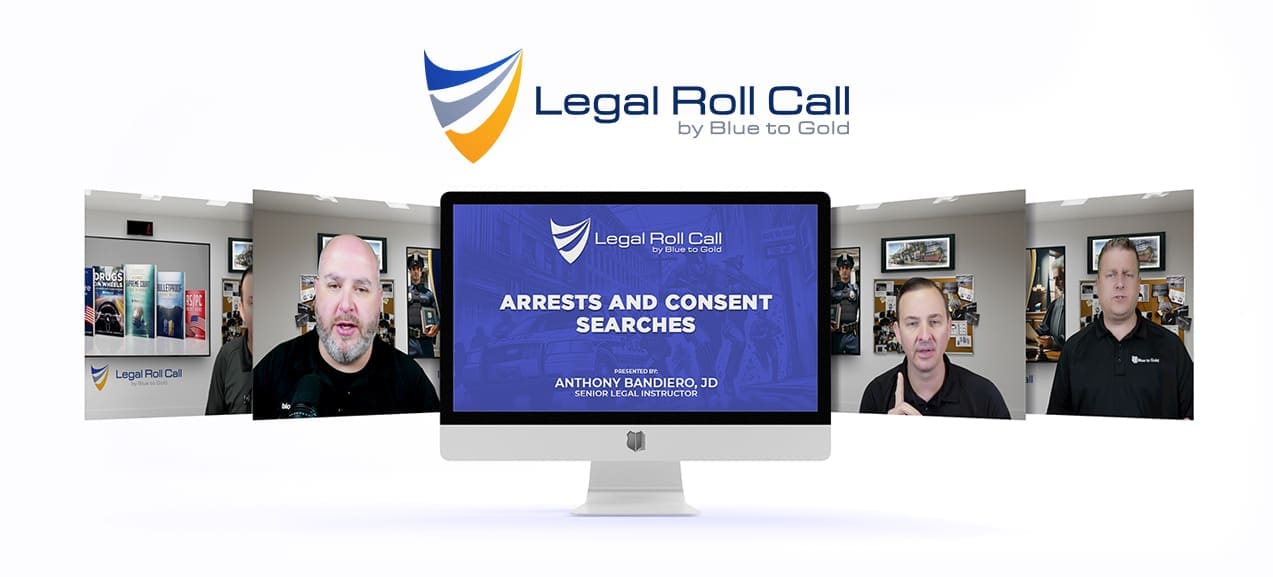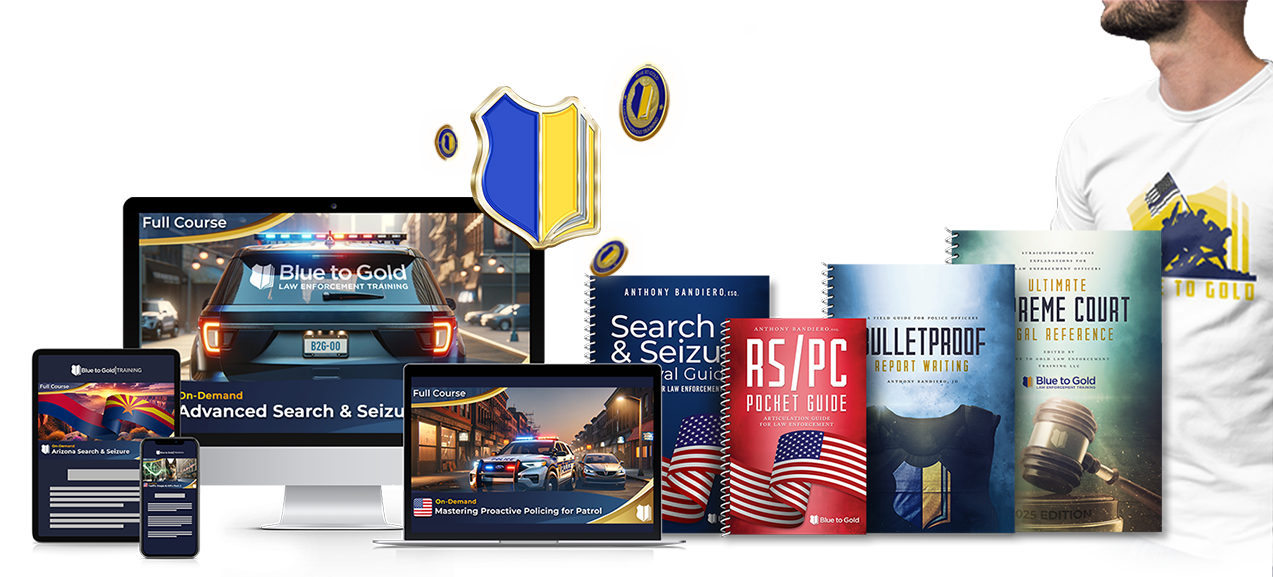- Home
- Training
-
-
- EXCELLENTBased on 387 reviewssean thompson2024-09-06
Trustindex verifies that the original source of the review is Google. Just took the SRO course. What an absolute outstanding training!!! I am not an SRO and have not been one. But as the Captain I need to learn and understand as much as I can. This course is excellent to have a better understanding of the law and the SRO... Keep up the great work B2G!!!!Doug Wallace2024-08-29Trustindex verifies that the original source of the review is Google. Good information provided on S&SJames Scira2024-08-27Trustindex verifies that the original source of the review is Google. Great training. I would recommend Blue to Gold training to members of LE.Nichalas Liddle2024-08-21Trustindex verifies that the original source of the review is Google. I have had the pleasure of getting to watch some webinars from Blue to Gold and have enjoyed all the insights and knowledge that the instructors have. Good training for all of us in LE careers. Keep on with the good work y’all do.brian kinsley2024-08-21Trustindex verifies that the original source of the review is Google. Great training, refreshers, topic introductions. I love the free webinars! It really helps when budgets are tight. Thank you!!Tim Crouch2024-08-21Trustindex verifies that the original source of the review is Google. Great, free webinars. Thank you. I love the attorney provided content for up to date and accurate information.Anthony Smith2024-08-21Trustindex verifies that the original source of the review is Google. Awesome stuff!
-
- Agency Services
- Store
-
- Free Resources
- Support
-
-
-
Mailing Address
Blue to Gold, LLC
12402 N Division St #119
Spokane, WA 99218 - Mailing Address Blue to Gold, LLC 12402 N Division St #119 Spokane, WA 99218
- Feedback
-
-
-




